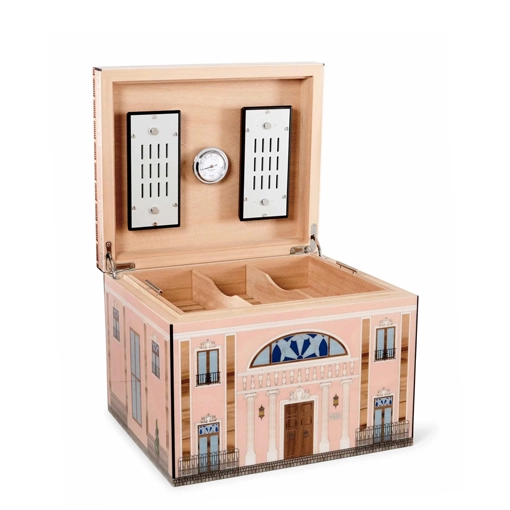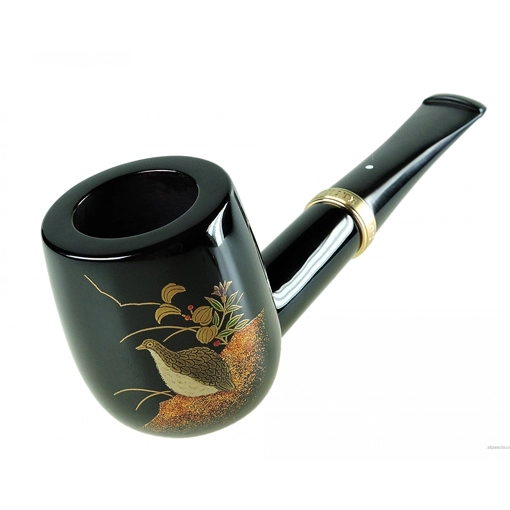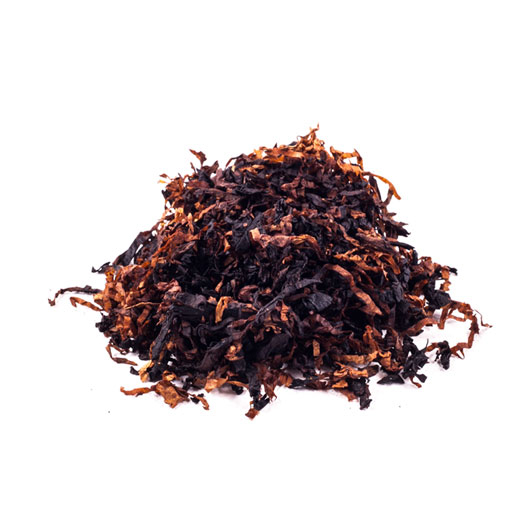Guide, The Cigar Blog
Guide to Box Pressed Cigars
There are several different techniques used for creating cigars. Some are hand-rolled by expertly trained torcedors, while others are made by machines. One type of cigar that finds itself in the middle ground of hand-rolled and machine-made is the box-pressed cigar.
Here we take a closer look at what box-pressed cigars are, their history and how you should smoke them! You can purchase boxed-pressed cigars online here, at Havana House!

What Are Box-Pressed Cigars?
As the name suggests, a box-pressed cigar is a cigar that has been pressed into a square shape.
The degree to which the cigars are ‘square’ will depend on the method used to achieve the box-pressing. Some will still have rounded edges, whereas others have crisper 90-degree corners.
Box-pressed cigars offer a bit of a marmite situation for smokers – some love them, and some hate them, finding their shape too uncomfortable to smoke. Despite this, there are still some very highly rated box-pressed cigars, which are sought-after by aficionados.
The History of Box-Pressed Cigars
It is unclear when the first box-pressed cigar was made or who created it, but we do know that they were being smoked before the embargo in 1962.
Why Were Box-Pressed Cigars Created?
There are a couple of theories on the origins of box-pressed cigars. Mostly, these are related to creating a more practical way of storing and transporting the smokes.
One theory suggests that box-pressed cigars were created to make packaging them easier and more compact. Square items will fit together more neatly in a box than rounded items, and can therefore maximise the use of space in the cigar box.
Another theory is that box-pressed cigars were created to stop them rolling off tables. While a normal cigar with a rounded shape would roll when placed on a flat surface, ones with square edges would stay where it’s put. This could be particularly beneficial when the cigar is lit, to reduce any potential fire hazards from a lit cigar rolling off a table or onto another item.
Finally, it has been suggested that cigars began to be box-pressed for transportation reasons. In addition to being able to pack box-pressed cigars tighter, having them squarer also meant that they couldn’t roll around as easily in boxes during transport, which may lead to damage.
How Are Box-Pressed Cigars Made?
There are a couple of different methods for creating a box-pressed cigar. The most common way of making box-pressed cigars is to quite literally press the cigars after they have been packed in their boxes!
The cigars are hand-rolled into a round Parejo shape in the traditional manner. They are then tightly packed into their cigar box and a large hand-cranked press is used to gradually increase the pressure on the cigars. As the cigars are compressed, they become squarer in shape as they conform to the shape of the box.
Another way of creating box-pressed cigars is called trunk-pressing. Instead of the cigars being pressed together in their box, trunk-pressing sees each cigar pressed individually. The cigars are pressed between wooden slats for between 30 minutes and 12 hours.
The cigars are clamped and rotated so that all four sides have equal pressure applied. This results in very sharp and crisp corners to the cigars, but it takes a lot of time, effort and attention to get right. It must be done carefully to avoid the cigars getting split from too much pressure.

What’s the Difference Between Box-Pressed and Round Cigars?
Aside from the physical differences and the benefits of squarer edges on storage and transportation, there are some reasons why smokers may choose a box-pressed cigar over a regular one.
Due to their shape, box-pressed cigars often burn slower with a looser draw. This allows for a more consistent flavour throughout the smoke, rather than one that shifts and evolves as the tobacco gets hotter. If you prefer to sit back and enjoy a smoke with a consistent signature flavour over a more complex smoke, then a box-pressed cigar may be best.
There are not many comparable box-pressed and round cigars – they are usually different sizes and different blends of tobacco, so it is difficult to offer any strict pros and cons of each type, as it will largely depend on the specific blends and qualities of each brand.
However, one of the biggest differences is of course the shape of this cigar – and how this affects the smoking experience. Your mouth fits around a rounder cigar shape much more naturally than a square cigar, so some smokers find box-pressed cigars a little uncomfortable, or less enjoyable.
Conversely, others find this aspect the most enjoyable! The square shape of the cigar means that there will be gaps between your mouth and the cigar. This means that when you draw on the cigar, you will also suck in air through these gaps, which can cause a cooler draw.
How Should a Box-Pressed Cigar Be Cut?
Most cigar cutters are designed for round cigars. A guillotine cutter will usually have a circular space for the cigar to be inserted into, and many box-pressed smokes won’t fit this.
Instead, you will be better off using a punch cutter or cigar scissors to cut a box-pressed cigar.
Be careful when using a punch cutter on a box-pressed cigar though. As the head of the cigar is flat, the cap can crack if too much pressure is applied when using the cutter.
Where to Try Box-Pressed Cigars
At Havana House, we have a wide range of cigars to try, including box-pressed. Here we share some of our favourites:
Rocky Patel Cameroon Torpedo Special Edition Box Pressed Cigar
Oliva Serie V Melanio
Rocky Patel Olde World Reserve Maduro Robusto
Aging Room Quattro Nicaragua Maestro









